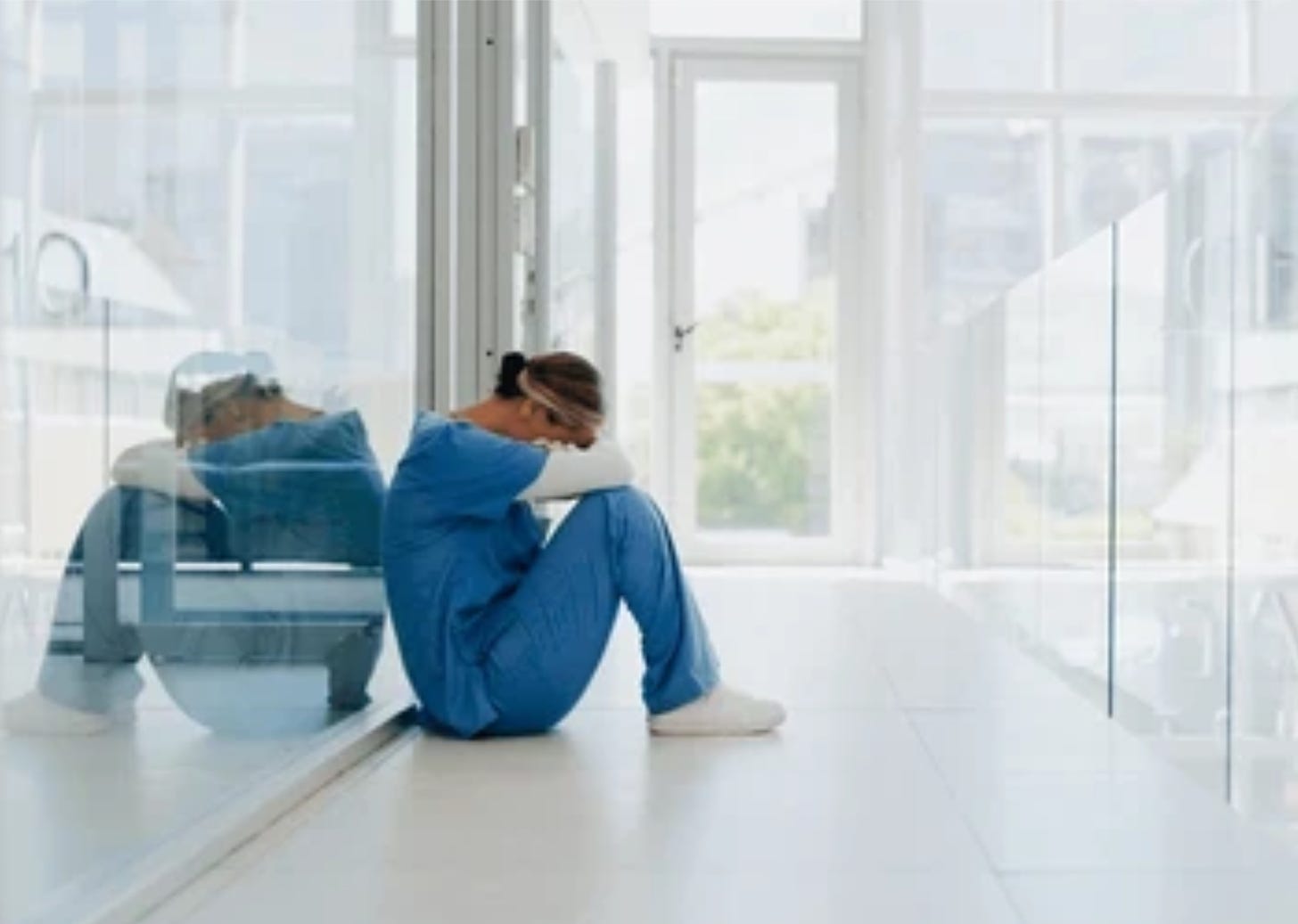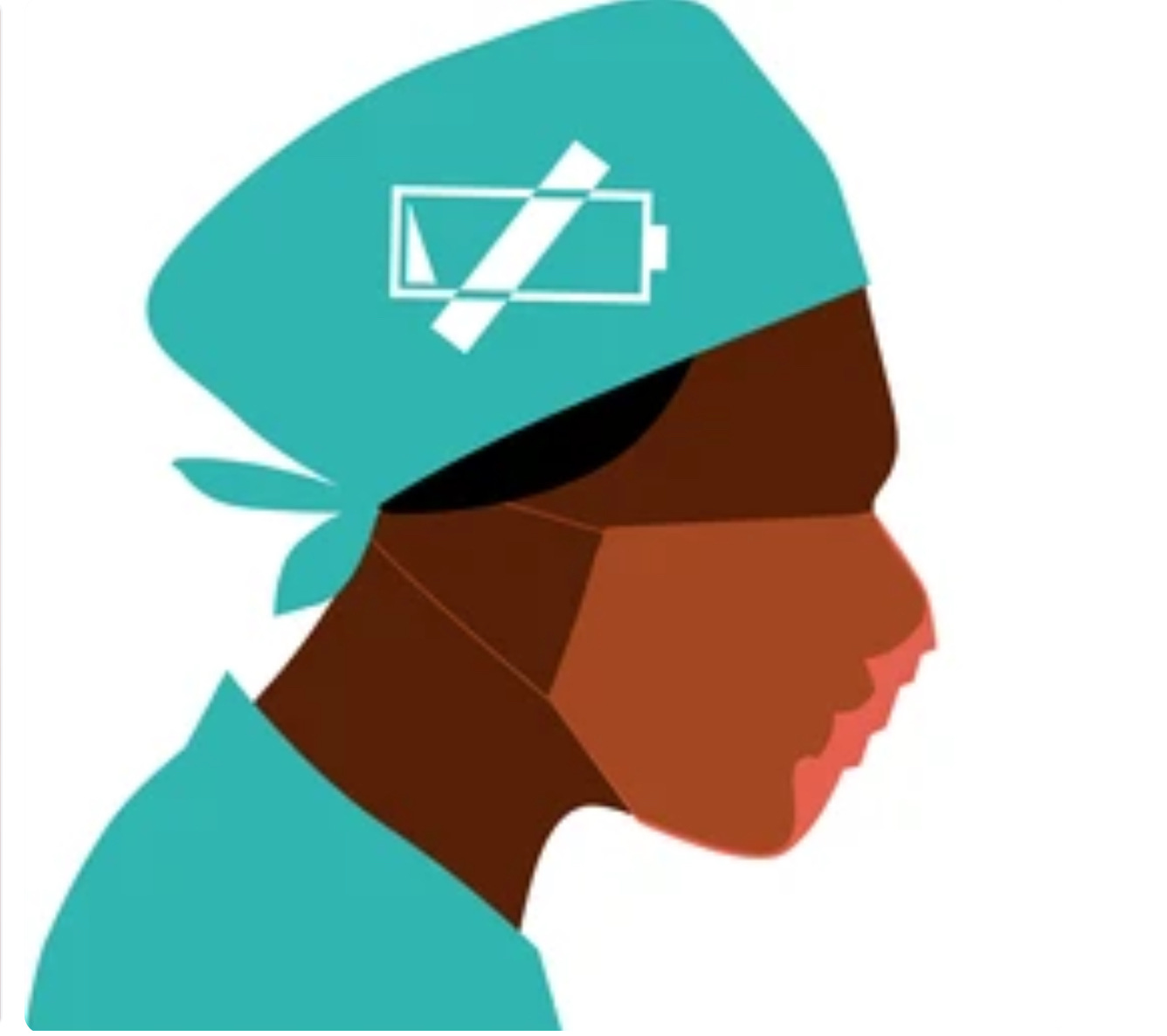Since the 1980’s, Registered Nurses and Midwives in Australia have been educated in Universities, with clinical placements in various settings providing hands-on clinical experience. Prior to this, they trained in hospitals under the patriarchal “medical handmaiden” model. As nursing developed and sought recognition as a profession in its own right, the move was made to universities. With evidence-based practice now underpinning all health fields, a science-based approach was needed, and hospital training became obsolete, although there are always calls for its return to help with staff shortages.
University education teaches you to think critically, to seek evidence, knowledge and challenge the status quo. It develops an enquiring mind that looks to improve systems and ways of doing things. Health services do not want this. They seek a specific type of person to do their bidding. Health services seek passive, submissive employees who always comply. Health systems culture is still firmly rooted in the old patriarchal, bullying systems where nurses and midwives are simply there to do what they are told. Step out of line and you are “performance managed” until you leave. In many cases, you are then blacklisted by using registers such as “Service Check” (NSW Health) which destroys any chance of future employment.
Health services espouse evidence-based care and clinical judgement, yet these very things are strangled by restrictive policies and procedures that do not allow any autonomy in decision-making. Nurses and midwives spend more time completing repetitive documentation to show that they complied with every tiny procedure rather than providing bedside care. One particularly ridiculous document is the “hourly rounding” record. This is meant to prove that a nurse or midwife went to each patient every hour to assess their needs. The electronic form is fiddly and takes approximately five minutes to complete for each patient, if the computer system is working optimally - which they frequently are not. If you have six patients, this means that you spend at least thirty minutes each hour simply filling in this one form. If you don't do this form, you are asked to explain why you did not round your patients and possibly put on an improvement plan. It does not matter if you had an emergency to deal with, or a complex dressing to do, or a fall, or several intravenous medications to prepare and administer. You MUST comply with hourly rounding. This shows how ridiculous policies are often used as weapons to force compliance by overzealous managers with little experience on the floor, removing any ability to use clinical judgement from their subordinates. Health services want nurses and midwives to know their place and stay in their lane.
Another problem comes from “competencies.” Nurses and midwives are not allowed to perform many basic care procedures until they are assessed as competent by the health service. This involves numerous time-consuming online tutorials, followed by practical sessions with an educator employed by the health service. Health services do not provide any additional paid time for these online tutorials to be completed, nor do they provide sufficient face-to-face sessions for everyone to be accredited. Online learning is expected to be completed during a regular shift whilst caring for patients. Many experienced nurses and midwives find that they can no longer perform procedures that they have been doing for years because they are not considered competent to do so. Not only is this insulting to their previous education and experience, this causes harm to patients and delays in care whilst finding someone who is deemed competent. This ultimately begs the question of why nurses and midwives go to university at all, when health services are still controlling the education they need to perform basic tasks. Autonomy of nurses and midwives is again choked by health service control.
Frequently, nurses and midwives are placed in situations where health service expectations are at odds with the standards for practice dictated by registration bodies. This is particularly the case for midwives working in highly medicalised hospital maternity services. Woman-centred care is the guiding principle of midwifery care, yet maternity services continue to dictate to women what care they can or cannot have. Women are treated as numbers in a production line rather than autonomous adult humans capable of making their own choices. They are bullied and coerced into interventions with a weak and dubious evidence base, often using the “dead baby” card (baby will die if you don't do XX). Obstetric violence is frequent, and midwives are caught between the systems and procedures that they must follow to keep their livelihood, and their ethical responsibilities as Registered Midwives to provide safe and ethical care. They are expected to disregard their education which imparts the values of woman-centredness and autonomy, and teaches inquiry for improvement. This creates strong cognitive dissonance and psychological distress amongst these highly-skilled practitioners. Health services do nothing to alleviate this distress, and in many cases simply bully the nurse or midwife into compliance by threatening their employment and registration. This is a major reason that nurses and midwives are leaving their professions in droves. There are less midwives registered in Australia today than there was five years ago, despite increasing graduate numbers through Bachelor of Midwifery programs. Practitioners are leaving both nursing and midwifery at constantly increasing rates.
This begs the question of why nursing and midwifery education was sent to universities, when the system does not want critical thinkers. The ideals of evidence-based, person-centred care and safe ethical practice are just empty words in a system designed for unquestioning compliance. University education is setting nurses and midwives up for failure. This needs to be addressed before the haemorrhage of experienced nurses and midwives fully exsanguinates.






